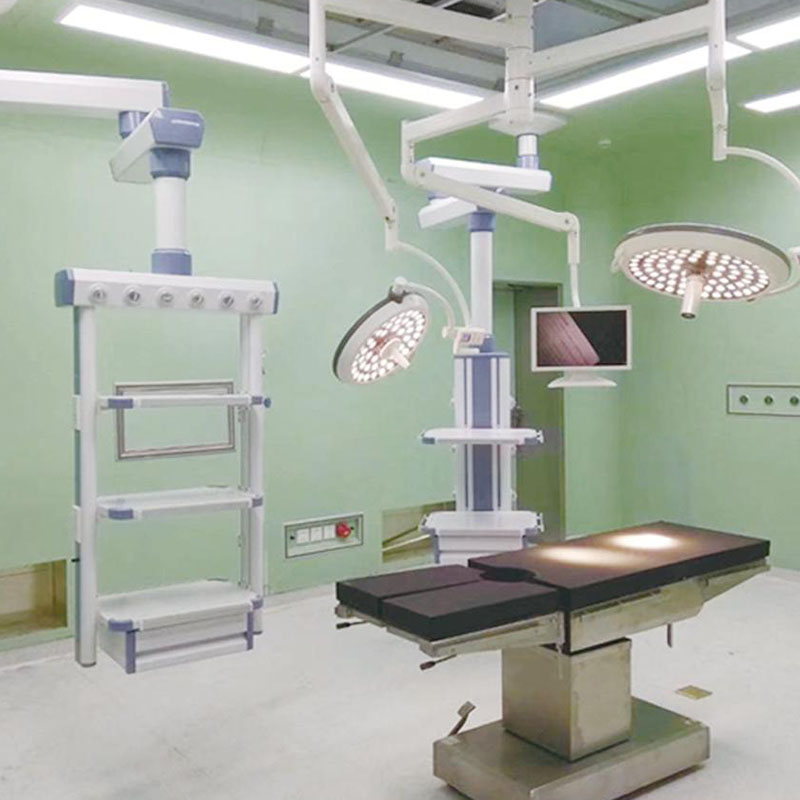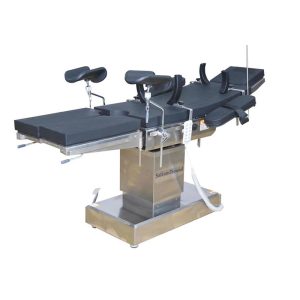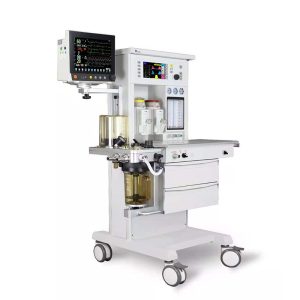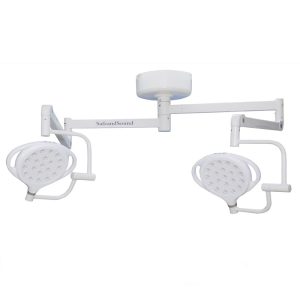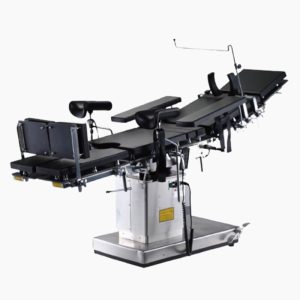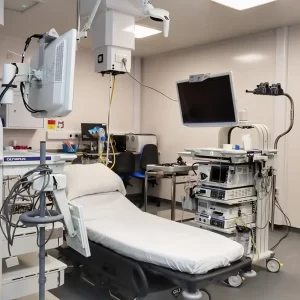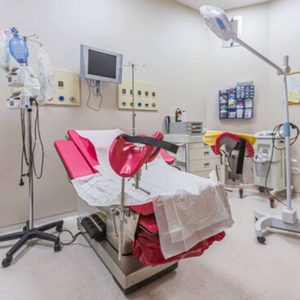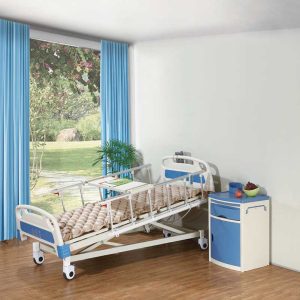An operating theatre, also known as an operating room or surgical suite, is a specialized facility designed for performing surgical procedures. It contains various types of equipment and tools to ensure a safe and efficient surgical environment. Here are some common equipment found in an operating theater:
- Surgical Tables: These are adjustable tables on which patients are positioned during surgery. They allow for proper positioning, accessibility, and stability during the procedure.
- Operating Lights: Bright surgical lights are mounted on the ceiling or attached to movable arms to provide focused illumination on the surgical site. These lights are designed to minimize shadows and provide clear visibility for the surgical team.
- Anesthesia Machine: This equipment is used to administer anesthesia to patients during surgery. It includes monitors to measure vital signs, vaporizers for delivering anesthesia gases, and a ventilator to support the patient’s breathing.
- Surgical Instruments: A wide array of specialized instruments is available in the operating theater, including scalpels, forceps, retractors, scissors, clamps, and more. These instruments are used by surgeons and other healthcare professionals during the procedure.
- Electrosurgical Units: These devices generate electrical currents to cut, coagulate, and cauterize tissues during surgery. They are used for procedures that require precise tissue manipulation and control of bleeding.
- Anesthesia Monitoring Equipment: Monitors are used to continuously measure the patient’s vital signs, such as heart rate, blood pressure, oxygen saturation, and end-tidal carbon dioxide (ETCO2) levels. These monitors help anesthesiologists ensure patient safety and adjust anesthesia accordingly.
- Surgical Carts and Trolleys: These mobile units store and transport surgical instruments, supplies, and medications within the operating theater. They provide easy access to necessary items during surgery.
- Operating Microscopes: Microscopes with high magnification capabilities are used in specialized surgical procedures, such as neurosurgery, ophthalmic surgery, and microsurgery. They enable surgeons to visualize small structures and perform intricate procedures.
- Suction Units: These devices remove fluids, blood, and other debris from the surgical site to maintain a clear field of vision for the surgical team. They help control bleeding and maintain a sterile environment.
- Sterilization Equipment: Operating theaters have dedicated areas for sterilizing surgical instruments, including autoclaves and sterilization cabinets. These ensure that all instruments are properly cleaned and free from pathogens before each procedure.
- Imaging Equipment: Some operating theaters may be equipped with imaging technologies such as X-ray machines, C-arms, or intraoperative ultrasound machines. These assist in real-time visualization and guidance during complex procedures.
It’s important to note that the specific equipment found in an operating theater can vary depending on the type of surgery being performed and the level of technological advancement in the healthcare facility.

